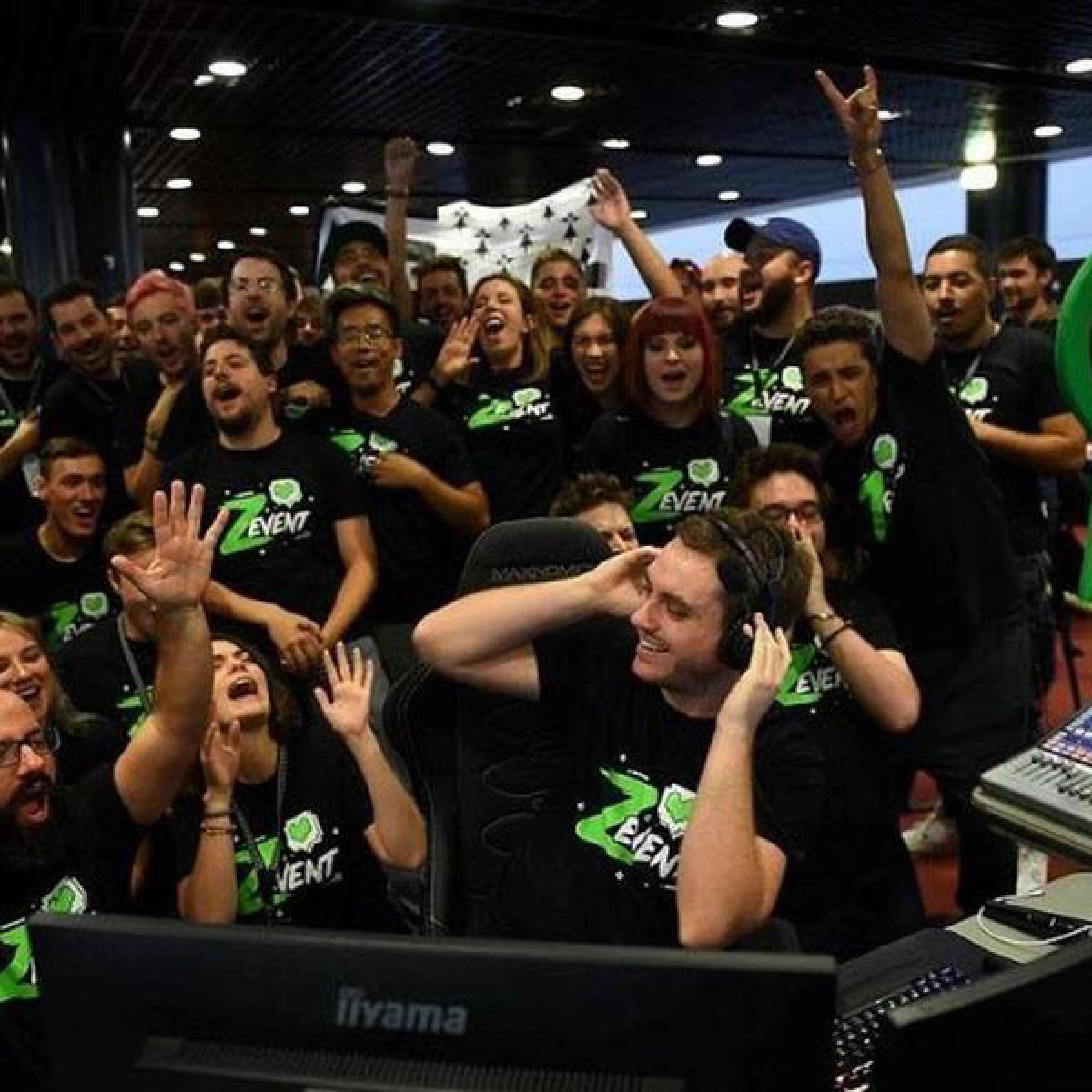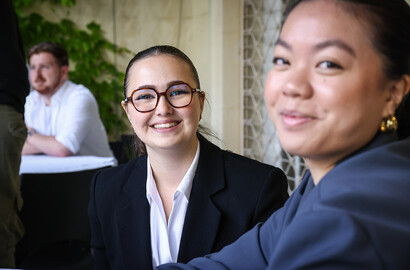Charity and Event Management: Why Social Impact Is Now a Must-Have in Communication
The public no longer expects brands to simply entertain — they want to understand their purpose. In this context, charitable and solidarity events represent a major shift. They align words with action: social commitment, transparency, and measurable impact. The result: greater trust, long-term brand preference, and more active communities. Charity-driven initiatives also bring strong storytelling, clear causes, tangible goals, and meaningful moments that give depth to the experience, both in-person and online.
Why does it work?
Solidarity operations bring everyone together: employees, clients, influencers, media, and local communities. They create “moments” where people can contribute to something greater than themselves — donating, raising awareness, sharing, fundraising. This dynamic fits perfectly with the current communication trends: participatory formats, live experiences, challenges, symbolic rewards, and community-generated content. And because impact is measurable (funds raised, volunteer hours, beneficiaries, reach), the value is tangible for organizations and their partner associations alike.
Iconic case studies
Major public events like Téléthon or Pink October have proven that an event can be both educational, unifying, and a driver of local initiatives (walks, challenges, corporate actions, retail campaigns). On the digital side, ZEvent has completely transformed fundraising: content creators gather for several days, live donation targets are announced, challenges are achieved in front of hundreds of thousands of viewers, with charity merchandise, special guests, and concerts. This blend of entertainment, gaming, community, and social cause has established a new standard — that of real-time, transparent, and authentic engagement.




What ZEvent teaches communication professionals
ZEvent reminds us that a charity event isn’t limited to the “moment T”. It lives before — through editorial planning and choosing a clear cause; during — with live interactions, donation milestones, and short formats suited to each platform; and after — through follow-up reporting, financial summaries, showcasing beneficiaries, and sharing lessons learned. Managing the full event cycle strengthens both credibility and impact.
Best practices for credible initiatives
The key to success can be summed up in one word: consistency. Consistency between the cause and the organization’s mission, between tone and audiences, between promises and means. The partnership with the charity must be built from the start: project governance, image rights, fundraising procedures, traceability. Transparency is non-negotiable: explain where the funds go, how they’re used, and how organizational costs are covered. Eco-design and inclusion should guide production — accessible venues and content, sustainable materials, low-carbon mobility, and attention to the digital footprint for live broadcasts. Finally, it’s essential to measure: not just audience and media coverage, but also social impact (amounts raised, volunteer hours, beneficiaries), participant satisfaction, and environmental footprint. These indicators drive continuous improvement, prevent “impact washing,” and provide solid proof for stakeholders.
How to integrate charity into your calendar
Instead of waiting for the “big event,” it’s better to weave a solidarity thread throughout the year: a themed month (like Pink October), a year-end charity gala or collection, a digital activation during an international awareness day (Giving Tuesday), local formats (blood drives, outreach, workshops), or internal challenges linked to corporate volunteering. Each moment builds on the previous one, embedding the cause over time and strengthening engagement.
Getting involved — that’s the EFAP spirit
At EFAP Communication School, engagement isn’t an abstract concept — it’s a real-world practice. Throughout the year, our students take part in solidarity and civic projects that develop their human values as well as their professional skills: project management, partner coordination, event production, operational communication, PR, and community management.
📍 On the Montpellier campus, a blood drive was recently organized, bringing together students from EFAP, BRASSART, and CREAD. This initiative perfectly illustrates our “learning by doing” approach: a socially useful event designed from start to finish by students, with precise communication and logistics. Beyond operational success, it’s an experience that shapes responsible communicators, aware of the real impact of their actions.



How EFAP trains students for high-impact solidarity events
Our programs in Communication and Event Management teach students how to connect strategy with operations. They learn to choose relevant causes, build strong partnerships, develop engaging editorial lines, design meaningful experiences both online and offline, and objectively measure their results using impact KPIs. Students also explore regulatory and ethical issues, eco-design practices, accessibility standards, and how to report transparently to stakeholders. The goal: to train professionals capable of leading projects that have real meaning and tangible impact.
What’s next?
For brands, institutions, associations, and agencies, charity is no longer an add-on — it’s a proof. Proof of responsibility, usefulness, and attentiveness to social expectations. When done well, it strengthens reputation, unites communities, and leaves a positive mark. For students, it’s an invaluable learning ground — blending strategy, creativity, and production.
Want to learn how to design meaningful, high-impact solidarity events?
Join EFAP Communication School and turn your commitment into a professional strength.
Apply now — our team will support you in shaping your project.
See other news
 Play
Play
Create, coordinate, vibrate: Matea and her immersive internship at NRJ Global
Now in her fourth year at EFAP, Matea has already explored a wide range of creative industries—from fashion and music to audiovisual production and live events. Today, as a Communication and PR Officer at NRJ Global, she looks back on a journey enriched by meaningful connections, boundless curiosity, and a deep-rooted passion for media and music.
watch the video
EFAP Bordeaux students put their creativity at the service of plasma donation
At EFAP Bordeaux, learning happens through real-world experience. As part of their MBA in Strategic Communication & Marketing, students took on a major civic challenge: designing a communication campaign to encourage young people to donate plasma.
read more
5 Tips to Land an Internship in Communication
Finding an internship in communication can quickly become a challenge but some reflexes can really make the difference. In this first article, we share 5 quick and effective tips to boost your application and maximize your chances right now. A second part is coming soon, with 5 even stronger tips to go further in your strategy and optimize your internship applications like a communication pro. Ready? Let’s go!
read more